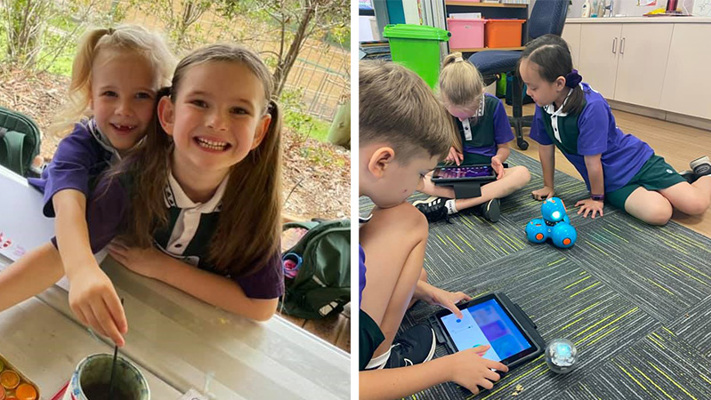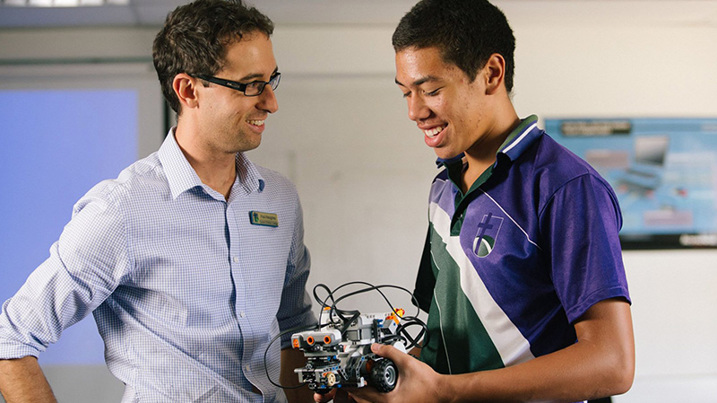Stage-based Learning
16 February 2022

Children learn by stage not age. Your children did not take their first steps at the same age, nor did they cut their first teeth at the same age. The probably even began talking at different ages and in different ways.
Stage-based learning allows children to be 'learning ready'. As parents you would have encouraged your toddlers to step into new learning and supported their tentative steps. This is the same model that underpins successful learning throughout life. As skills develop, learners become increasingly confident and more inclined to set their own learning goals.
As parents and educators we work in partnership to support learning readiness in children. Our role is to identify any gaps in a child's learning that might slow or limit the development of their conceptual understanding. We also identify opportunities to encourage a child to stretch into their next steps- particularly when they may lack confidence in their capacity. Teaching is, and will continue to be, about how we personalise learning for each child.
There is an inspired model of teaching and learning that takes place within Calvary’s stage-based approach. It is founded on current research about child development and the art and science of learning. As educators, we have come to appreciate the richness and depth of learning that can occur when children who are younger and older learn to learn together. Let me share a small example with you.
When walking through our Stage 1 classes last year, I stopped to observe an art lesson play out. The Year 1 and Year 2 students were listening to instruction, while watching the teaching team model technique and expectations for their new art piece. The children then went to work on their own personal interpretations. Year 1 students sitting at tables next to Year 2 students (not that they would even know who was in what year), began to sketch their buildings.

I leaned in a little closer to observe a Year 1 student drawing the doors and windows on their structure, only then to look across at their Year 2 buddy and notice they were adding curtains to the windows, birds in the sky and trees in the yard. Knowing no limits, the Year 1 student picked up their pencil and began adding more detail to their drawing - trees and flowers in the yard, curtains in the windows… It occurred to me that
One of the most valuable things learning in stages provides, is this dynamic of the 'stretch' and the 'chase'
The younger students in the stage feel the stretch - to add more, do more, go deeper in their thinking, because they are immersed constantly in an environment that provides this natural stretch for them. They are exposed to it daily. Synchronously, the older students in the stage feel the chase of younger students who are stretching into their domain. They adopt a sense of ‘big brother and sister’ leadership role, a greater sense of responsibility, and are stretched themselves, as they share their learning and strive to go beyond their personal expectations.

I have seen this played out consistently across all six stages of learning and within all learning areas of the formal curriculum. Older and younger students side by side, learn from each other and teach each other. Stretching and chasing, drawing out the best from each other.
An effective stage - based approach is one that intentionally taps into the rich conditions for learning that are possible when children who are younger and older learn together. It is a collaborative learning community. Teams of quality teachers create a learning environment where children are not required to remain within the range of achievement expected for their age group, but are encouraged to forge their own personal learning pathways.

Together, we are designing learning that responds to the individual ways our young people learn, empowering and equipping them with the skills they need for their futures.